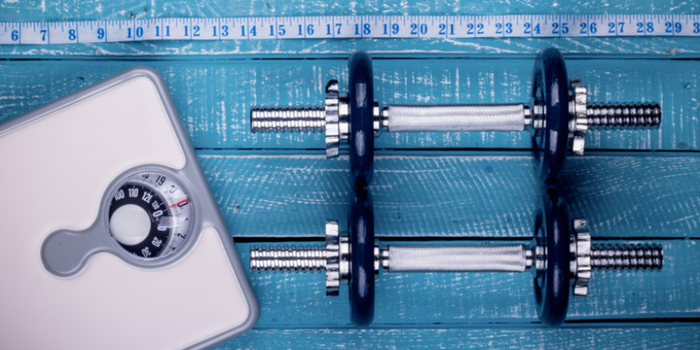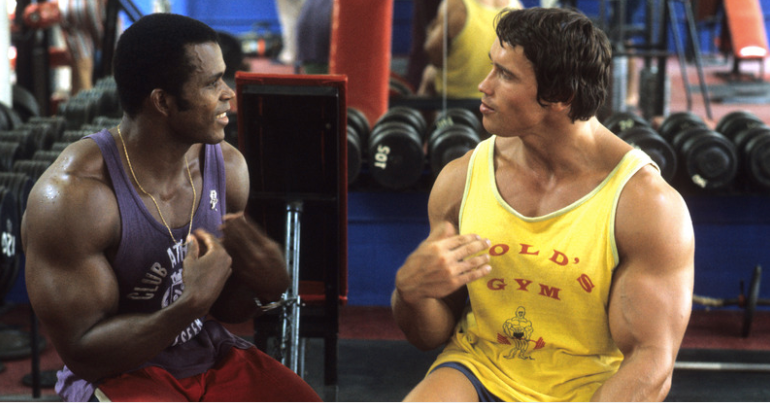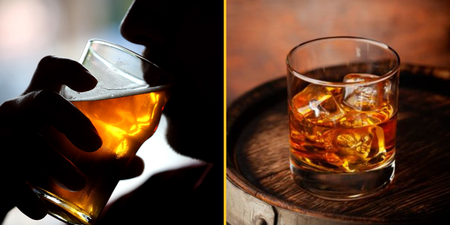The vast majority of gyms and health clubs now offer fat testing, but some methods are more accurate than others
To work out which of the strategies was the most accurate in measuring body fat, we called on expert help. Dr. Leon Creaney is a Consultant in Sport & Exercise Medicine at MIHP, part of HCA Healthcare UK.
JOE: What are the different ways of calculating body fat?
Dr. Creaney: “The four most popular methods (in order of accuracy) are:
- DEXA scan
- Bioimpedance analysis
- Skin fold thickness callipers
- Body mass index (BMI).”
 A dexa scan in use.
A dexa scan in use.Which is the best, or most accurate method?
“The DEXA scan is a direct measurement of body fat using X-ray absorption. It is a direct measurement, rather than an estimate derived from a mathematical formula and charts, and therefore is the most accurate. It is not dependent on human factors, so different measurements (error) can’t be taken by different people.”
What are the problems with other ways of monitoring body fat levels?
“Bioimpedance results can change however depending on a person’s hydration status, whether they have eaten recently, and it becomes less accurate the more obese a person is.
“It also relies on assumptions about height, weight, BMI and gender, but people are all slightly different and carry their fat differently.”
Dr. Creaney says human error is the main problem with skin fold calliper use.
“The main problem with skin fold calorimetry is human error. Every investigator will take the measurements slightly differently and it takes a lot of practice to become consistent and accurate. For this reason, two people can measure the same person and get a different result.”
What’s the issue with BMI?
“BMI (Body Mass Index) is a very rough estimate of body fat, and charts can be consulted to give an estimate based on a person’s height, weight and gender.
“However, BMI is very high in lean bodybuilders, in the same way as obese people, so it becomes less and less meaningful a measure, the less ‘average’ a person is.”
Are there any ideal ranges for body fat?
“There is ‘ideal’ for general health and ‘ideal’ for athletic performance – but they are not the same.
“A BMI of 19-25 is considered healthy. This corresponds very approximately to a body fat percentage of 13-22% in men, or 25-33% in women. In athletic circles, men aim for 5-10% and women 10-15%.”
How would you recommend reducing body fat?
“All diets ultimately use the same method to reduce weight. Consume fewer calories than you ingest.
“Since the body converts fat, carbohydrate and protein for energy, the balance of these nutrients is less important. It is the total energy expenditure versus calorie intake that matters.”
Diet is only half the battle, when it comes to slashing body fat however.
“In order to emphasise muscle mass, athletes utilise a higher protein and carbohydrate level and try to minimise fat.
“Resistance exercise promotes muscle growth, but low intensity, long duration aerobic exercise (walking or swimming) is best for fat burning.”






















































